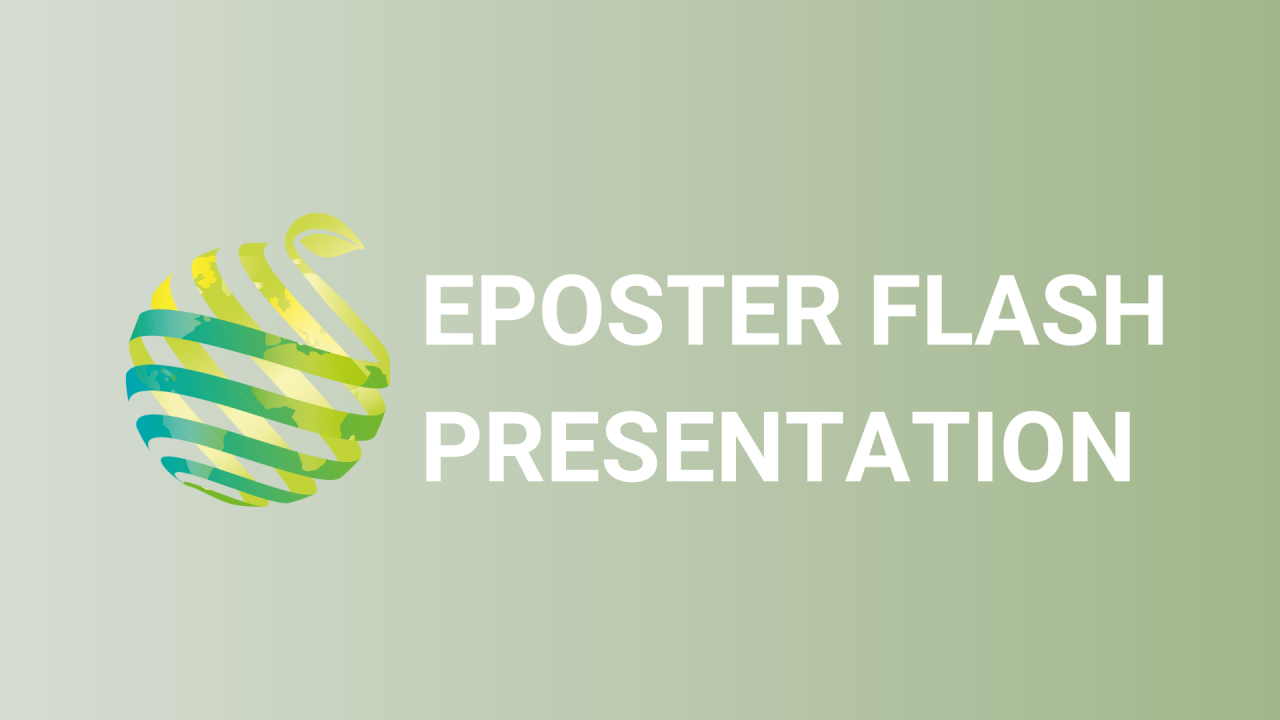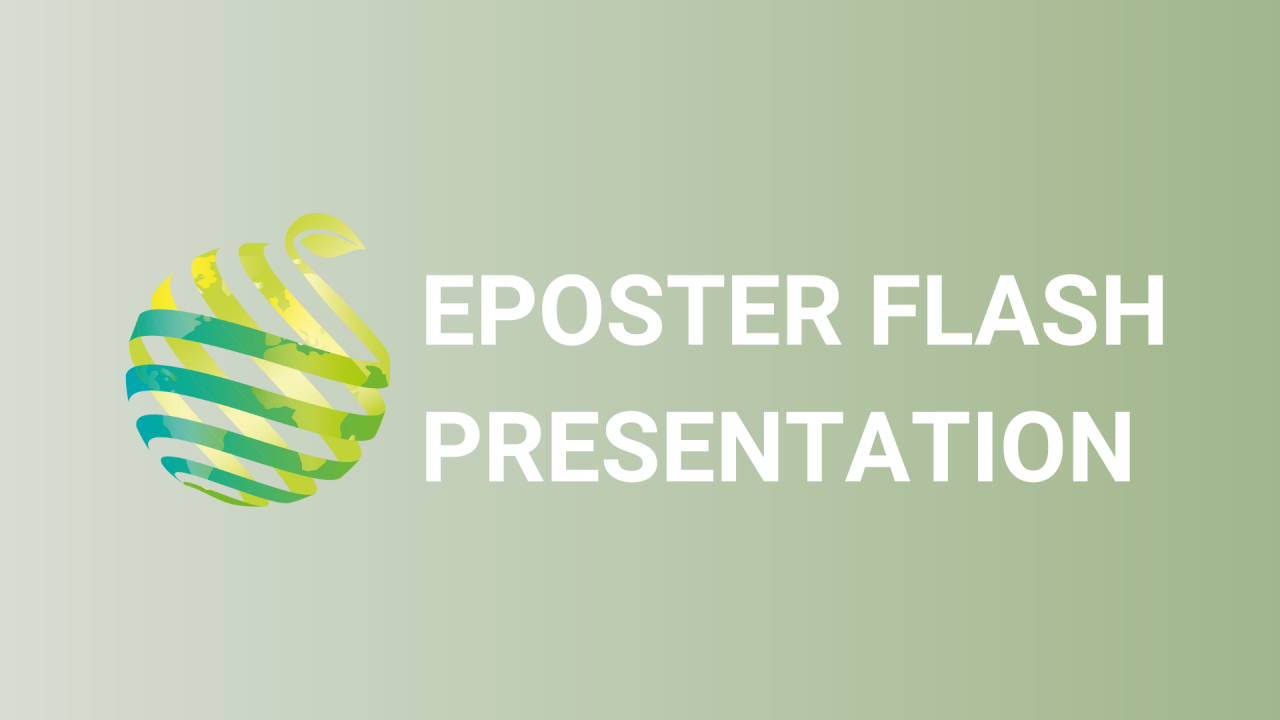

S05 - Session P2 - Hydrangea macrophylla in the light of light: carbohydrate source-sink relationships, leaf vitality and rooting of cuttings
Information
Authors: Uwe Druege *
Hydrangea macrophylla is propagated by shoot tip cuttings. The physiological bottlenecks that determine leaf vitality and adventitious root formation in this species are unclear. Comparing the cultivars 'Clarissa' and 'Caipirinha', we investigated the relationships between the dynamic of sugars in the fully developed leaf as carbohydrate source and in the stem base as sink and root regenerating tissue, the colour and chlorophyll levels of leaves, and the intensity of adventitious root formation. Effects of dark storage of cuttings (unstored, 1 week at 4°C versus 20 °C) and of the photosynthetic photon flux density (PPFD) after planting of the cuttings were studied (100 versus 50 µmol m -2 s -1 , 16h photoperiod, day/night temperature 22/20 °C, rooting in perlite in covered trays). Leaf yellowing and red colouring were recorded for both cultivars under the relatively low PPFD of 100 µmol m -2 s -1 . Dark storage of cuttings reduced root formation particularly in 'Clarissa'. Reduction of the PPFD to 50 µmol m -2 s -1 reduced leaf yellowing and red colouring, enhanced relative chlorophyll levels but also reduced the root number and length. Exposure of both, unstored and stored cuttings to 100 µmol m -2 s -1 provoked an atypical high accumulation of hexoses in source leaves. Accumulation of hexoses was significantly reduced under the lower PPFD, while the light did not affect the early sugar equilibrium in the stem base. Lower rooting of the cultivar 'Clarissa' versus 'Caipirinha' was related to higher sucrose levels in cutting tissues and to lower glucose and fructose levels and a lower hexose/sucrose ratio in the stem base. The data indicate that H. macrophylla cuttings are extremely sensitive to light, which triggers an energetic overflow at 100 µmol m -2 s -1 already, causing overaccumulation of hexoses and photooxidative processes. Reduced utilization of sucrose at the sink site seems to limit the root formation of the slow-rooting cultivar 'Clarissa'.